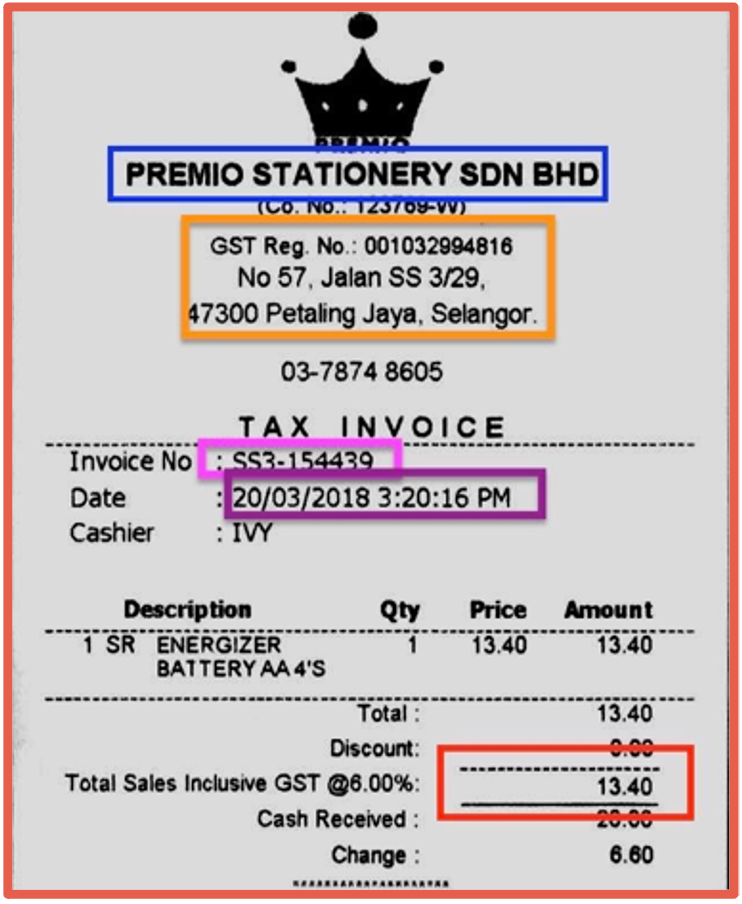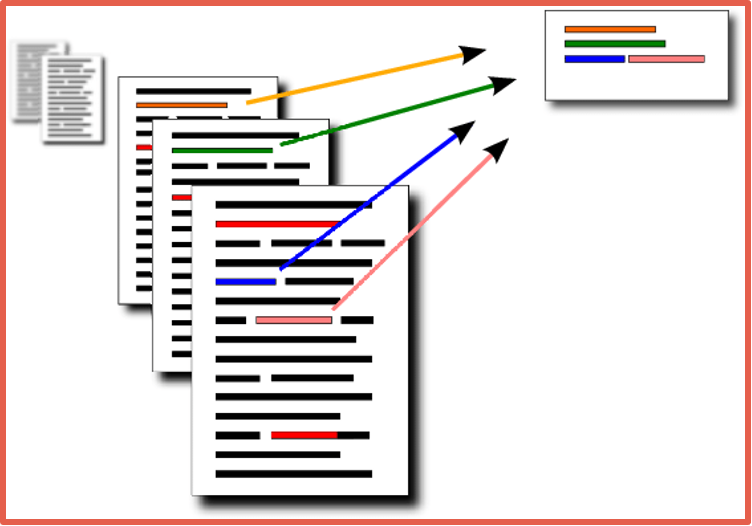
Too many businesses handle and analyze documents manually. This painstaking inefficiency not only drains valuable resources but also increases the risk of costly errors. Document intelligence, a solution powered by artificial intelligence (AI), revolutionizes document processing for optimal efficiency, accuracy, and cost.
Throughout this blog post, we’ll explain the challenges of traditional document processing and how AI-driven document intelligence transforms businesses.
The problem with traditional document processing
Every month, companies process thousands of gigabytes of documents, which drive critical business functions. The stakes are high, and even small errors can lead to substantial losses in time and money. While structured documents can be managed relatively easily, a staggering 80% of business documents are unstructured, presenting a significant challenge to automation.

The costly reality of manual processing
Traditionally, unstructured documents have been managed by teams of employees, who laboriously read, interpret, and input data.
This approach has three main pain points:
Large labor costs: Data entry teams are expensive to maintain, and costs escalate exponentially while document volumes grow linearly. These expenses can easily get out of hand, yet they yield little long-term reward.
Opportunity for human error: Mistakes in manual data entry cost U.S. businesses over $3.1 trillion annually and can have far-reaching consequences.
High employee turnover: Continual staff replacement and training is necessary due to high turnover rates (57.3% in 2021).
What if there was a way to reduce labor costs while also increasing the accuracy and speed of document processing?
The power of document intelligence
Thanks to advancements in AI, document intelligence is revolutionizing the way businesses process unstructured documents. By automating data extraction and analysis, enterprises can enhance efficiency, reduce errors, and unlock new business opportunities. Major companies such as Facebook, ExxonMobil, and Anthem have already embraced document intelligence as their go-to, unstructured data solution.
Document intelligence in action
As more companies embrace document intelligence as a means to unlock business growth, the number of known applications continue to increase. Many use cases illustrating the efficacy of document intelligence across various sectors have emerged in the past few years:
Banking and financial: Automatically assesses risks, processes checks, and manages account tasks.
Insurance: Instantly reviews and categorizes claims, extracts contract details, and processes questionnaires for accurate assessments.
Healthcare: Simplifies data extraction from patient forms, streamlines medical billing, and centralizes patient survey data.
Retail: Manages invoices, billing, and order forms, and analyzes customer surveys for product insights.
The methodologies behind document intelligence
Document intelligence uses a combination of methodologies to enable the automatic extraction and interpretation of information from documents. Which methodologies are used, however, depends entirely on the intended use case and target documents.
In each use case, document intelligence may utilize a combination of computer vision, natural language processing, and rules-based approaches to enable document understanding. Between these techniques, we can enable diverse use cases such as document summarization, keyword value extraction, document classification, event extraction, sentiment analysis, and image classification.
Let’s take a closer look at a few of these use cases:
1) Keyword value extraction: AI models, like neural networks, can identify relevant fields and their associated values in unstructured documents, enabling automatic paperwork processing with fewer errors than a human team.

Key fields can be automatically extracted from documents, regardless of changing field names
For example, the document above contains a company name, address, invoice number, date, and total identified by the model. By training on previous examples of similar documents, neural networks can determine the values belonging to these fields despite there being little structure on the page indicating what they are. Better yet, even when field names differ (e.g., Total Sales Inclusive GST vs. Sales Total vs. Total vs. Tot.), a keyword-value extraction model is still able to identify the correct fields and their associated values.
At Credera, we’ve seen this approach enable automatic paperwork processing and do so with fewer mistakes than a human team manually processing the same documents.
2) Document classification: Document intelligence methods can also automatically categorize documents for streamlined downstream processes. Classification tasks include assigning insurance claims based on difficulty or type, identifying spam emails, analyzing the sentiment of customer reviews, and sorting IT tickets into various categories.
3) Semantic understanding: AI-based document intelligence techniques are also commonly used to develop deeper understandings of documents by generating insightful summaries or reports. As many have seen with the rise of ChatGPT, this is not only possible, but can be done with a high degree of reliability, especially when fine-tuning models for specific use cases.

Documents can be synthesized to generate automated reports for downstream use
Transforming your business with document intelligence
Harnessing the power of document intelligence can deliver incredible value to businesses through cost and time savings. Credera has already helped numerous clients achieve remarkable results:
Automate data entry: At a large logistics client, Credera built a document intelligence solution to process bills of lading and to automate the data entry process. That AI system processes more than $1 billion of revenue per year and has driven millions of dollars in savings per year.
Extract key info: In the financial sector, Credera enabled an investment banking client to automatically extract key information from Securities and Exchange Commission documents, achieving a 60-fold increase in speed in data extraction over manual analysis.
Enhance search: For a Fortune 500 energy client, Credera embedded text to improve search capabilities in their data marketplace allowing downstream users to find exactly what they are looking for on their first search.
The examples above illustrate the versatility and impact of document intelligence across a range of industries and applications. By implementing AI-driven methodologies, businesses can not only optimize their current processes but also uncover new opportunities for growth and innovation. Through automating diverse processes, we can automate and augment existing business processes to significantly improve efficiency and accuracy of data extraction, ultimately accelerating tasks and enabling businesses to thrive.
Are you ready to discover how document intelligence can revolutionize your business? Contact Credera at marketing@credera.com to start the conversation and unlock the full potential of AI-driven document processing.
Contact Us
Let's talk!
We're ready to help turn your biggest challenges into your biggest advantages.
Searching for a new career?
View job openings






